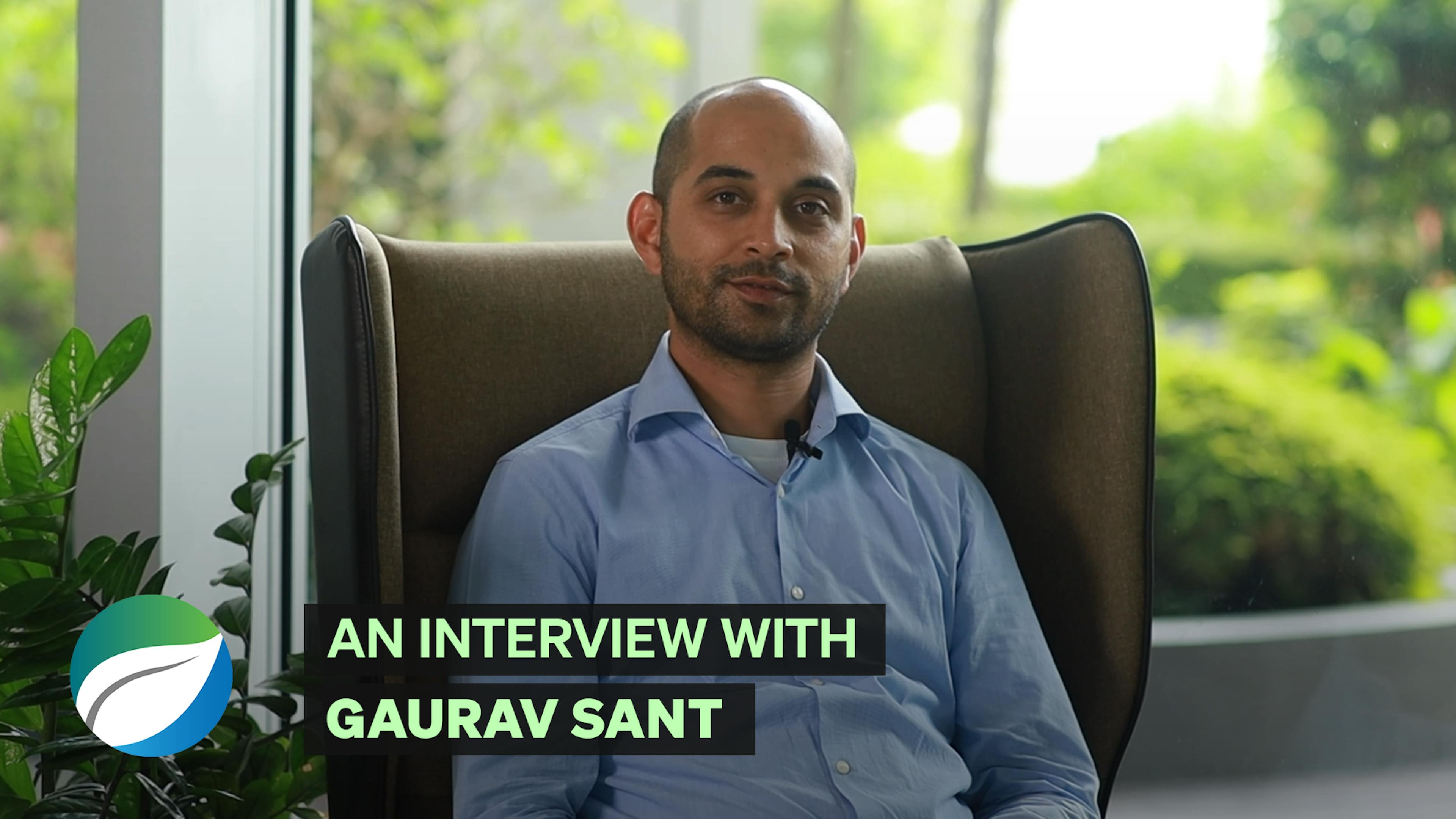If the world is to stand any chance of capping global warming to 2 degrees Celsius above pre-industrial levels by 2030 — the target set by the scientists behind the Paris climate accord — technology must be developed that can literally suck planet-warming carbon out of the atmosphere.
To continue watching, subscribe to Eco‑Business.
There's something for everyone. We offer a range of subscription plans.
- Access our stories and receive our Insights Weekly newsletter with the free EB Member plan.
- Unlock unlimited access to our content and archive with EB Circle.
- Publish your content with EB Premium.
Gaurav Sant, a professor at the University of California, has another idea for capturing carbon — sucking it out of the ocean.
Sant, and his colleague Camly Tran, are founders of SeaChange, a startup that has developed technology that converts dissolved carbon dioxide in sea water into solid carbonates. The extracted minerals can be used to make construction materials such as concrete and cement.
“It works like a dish sponge. When you do your dishes, you get a wet sponge. When you wring it out, it’s ready to absorb more water,” Sant explained. “We’re trying to give the world’s oceans the capacity to absorb additional carbon dioxide from the atmosphere.”
SeaChange’s technology won the 2021 edition of The Liveability Challenge, a global competition to find solutions to some of the world’s toughest problems. In June, it was deployed by Singapore’s national water agency in a $2.5 million trial to test the viability of the technology.
“
We’re trying to give the world’s oceans the capacity to absorb additional carbon dioxide from the atmosphere.
Gaurav Sant, co-founder, SeaChange
Critics have cast doubt over the effectiveness of carbon capture technologies, because they are expensive, energy-intensive, and have yet to achieve scale.
But Sant says his solution has the potential to be “truly transformative at a global scale”.
Sant’s ambition is for multiple plants to be deployed around the world, with each plant capable of capturing millions of tonnes of carbon.
“We’ve got to take a step back and imagine the scale of this [climate] challenge. We’ve got to remove about 10 billion tonnes of carbon dioxide every year for the next 50 to 100 years. It’s going to take thousands of plants to do this,” he said.
Watch the video to find out more about how the technology works, how Sant and his team plan to use the funds secured at The Liveability Challenge, and how he hopes to achieve scale.
This story is part of a series of stories on The Liveability Challenge, an annual search for solutions to make Southeast Asia’s cities cleaner, greener places to live and work.














